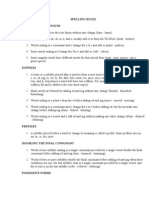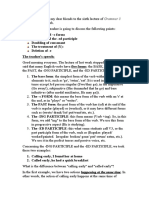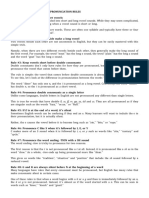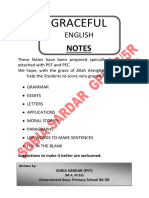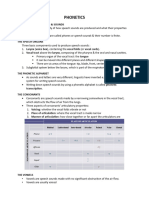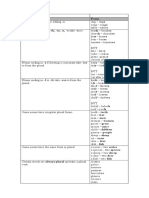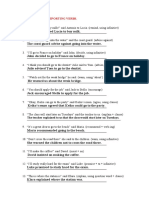0% found this document useful (0 votes)
9 views16 pagesModule 4
The document covers speaking skills focusing on syllables, their structure, and the concept of strong and weak forms in English pronunciation. It explains the rules of syllable formation, the rhythm of English speech, and provides guidelines on tense usage and spelling rules. Additionally, it includes examples of minimal pairs to illustrate phonetic differences.
Uploaded by
anmdancestudioCopyright
© © All Rights Reserved
We take content rights seriously. If you suspect this is your content, claim it here.
Available Formats
Download as PDF, TXT or read online on Scribd
0% found this document useful (0 votes)
9 views16 pagesModule 4
The document covers speaking skills focusing on syllables, their structure, and the concept of strong and weak forms in English pronunciation. It explains the rules of syllable formation, the rhythm of English speech, and provides guidelines on tense usage and spelling rules. Additionally, it includes examples of minimal pairs to illustrate phonetic differences.
Uploaded by
anmdancestudioCopyright
© © All Rights Reserved
We take content rights seriously. If you suspect this is your content, claim it here.
Available Formats
Download as PDF, TXT or read online on Scribd
/ 16











